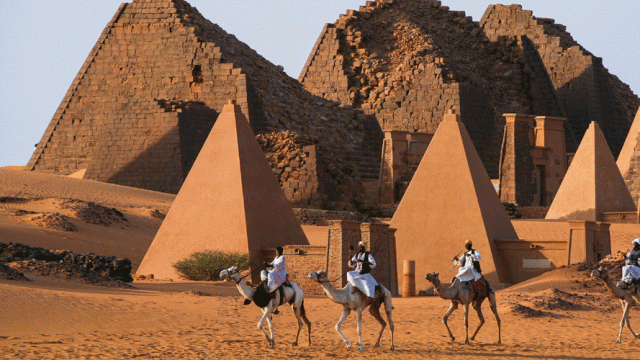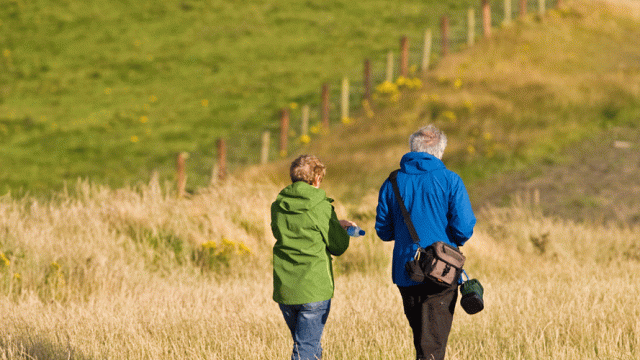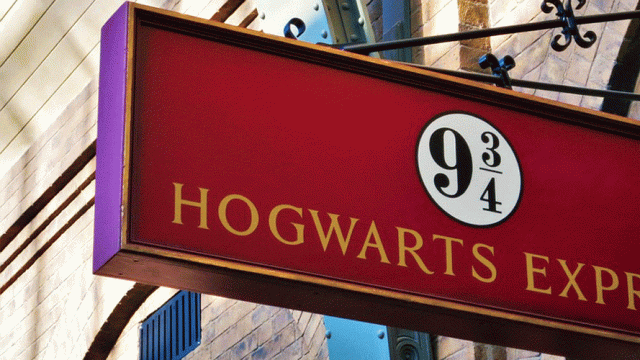On a cold gloomy morning, I arrived at Leipzig, in Germany’s federal state of Saxony, with enthusiasm
I stood at the centre of Augustusplatz, from where I saw the City Hochhaus on my left, the Gewandhaus (or the concert hall) a little ahead of it, Paulinum (or the University of Leipzig) in front of me and the Leipzig Opera on my right. My main focus amongst all of this was the ornate Grimmaische Street.


The street was dotted with wooden stalls and buzzing with cheer, as fresh snow fell on us. Here I got introduced to Germany’s Lebkuchen Heart— the heart-shaped gingerbread, Moravian stars (also known as the Herrnhuter Stern in German), votive lamps and candles and the famous glühwein (or mulled wine).
After photographing the 500-metre street incessantly, I was taken aback by magnificence of Marktplatz (market square). The Christmas Market cosily rests in the heart of Marktplatz and consists of more than 200 stalls.

Exploring the festivities of the labyrinth market square, I warmed up with a glühwein in front of a stage where an orchestra of musicians sang Christmas carols. A little away, children cheered to their guardians from a merry-go-round and ferris wheel.
The aroma from food stalls tempted me to try their traditional sausages. I took a while to decide between currywurst (fried, spiced and sauced pork sausages) or bratwurst (simple German pork sausages). Armed with a currywurst and dunkle trinkschokolade (dark hot chocolate), I made my way to a shelter joining a crowd of local Germans. ‘Prost’ we said in chorus and immersed in the Christmas fervour.
Later that snowy night, as I walked back to my B&B, a small wooden cluster of huts on Augustusplatz caught my eye. Delaying my desired to return to a warm bed, I walked into Südtiroler Dorf, a replica of South Tyrolean village. This old-fashioned wooden cabin market sold South Tyrolean craftwork, excellent selection of liqueur, and also had a few options of cheese and ham. I also heard loud music coming from a corner and pushed my way through the crowd to see an interactive duo singing in German on a mounted stage. A lively audience sang and danced as they sipped their alcoholic infusions. I joined the mirth by dancing alongside enthusiastically—etching a Christmas memory forever.

Only a 115 kilometres away, Dresden’s Striezelmarkt boasts of being the oldest in Germany. The baroque capital of Saxony is not only known for its magnificent architecture and devastating history (it was bombed in WWII), but also sees a huge influx of Germans for its Christmas Market.
The 583rd Dresdner Striezelmarkt sparkled at the centre of Dresden’s Altmarkt. At sunset I walked up to the cupola of Frauenkirche (Church of Our Lady) and saw the Striezelmarkt hugged by the modern Altmarkt Galeria, baroque Kreuzkirche (Holy Cross Church) and Philharmonie (concert hall). As the historic Christmas market lit up with the sun going behind the hills, the crowd gravitated towards its centre.

From the height, I could see different alleys diverge to smaller and secluded corners which comprised similar wooden stalls. Every part of Altmarkt and Neumarkt were lit with fairy lights in shapes of stars, trees, snowmen and others. At a particularly dark enclosure I noticed a Christmas market but bearing a different theme.
I descended the cupola and walked across the numerous ghühwein kiosks of Neumarkt, in pursuit of the dark enclosure. Soon I read ‘Stallhof’ which loosely translates to Stable Yard. No sooner I entered this medieval Christmas market, the large wall on my left was superimposed with flaming torches, Saxony flag and coat of arms, and snowfall. Every element of the market abide its theme.
I saw women and men dressed in larger hoods and there was no use of electricity. Beverages were served from kettles into wooden mugs. German or European handicrafts from wooden furniture, leather bags and garments, wrought-iron objects, large knives and daggers and fragrances and candles were sold in this unique market.
In a sharp contrast, Striezelmarkt only a 600 metres away, took me back to the twinkles and contemporary elements of Christmas market. At its centre I saw a 15-feet Christmas pyramid, which originated in the Ore Mountains (Erzgebirge) and is a rotating carousel that rises to multiple tiers. Flanked on either sides by a medium-sized ferris wheel and a spinning carousel for children to play. I tried to peer at the performance on the stage, though unsuccessfully. Children sat on their parents’ shoulder and enjoyed the jovial performance by Santa Claus.
I saw a shop with the famous Dresden Stollen. Traditional to the city of Dresden, Stollen is a fruit cake which is baked in October so that the flavours mature by Christmas. I tried a small piece of the Christollen from the tasters kept outside a wooden stall. Fruity and moist, I understood why the cake was a favourite amongst locals.

Continuing my exploration of the old market, I saw the arched candleholders elaborately displayed in a shop. I asked the shopkeeper (who thankfully spoke little English) what was the significance of these stands. He told me that these originated in the Ore Mountains in 1726 and were called Schwibbogen. The design is inspired from the semicircular burning lamps of the miners in the region, which indicated their last shift before Christmas.
These candle stands increased my enthusiasm to explore Seiffen, a small town in the Ore mountains, on the border of Czech and Germany. I saw each and every window lit by these holders in the toy town of Seiffen.

Snow covered edges of the narrow street and pastel coloured houses had ornate display windows. Some had the pyramids. Others snowmen, snow globes and Santa Claus. Even though the exact display changed, two elements that remained constant were Christmas and the characteristic toys of Seiffen. Seiffen immediately won my heart.
The Nutcracker is synonymous to Seiffen. Made of wood, the Nutcracker was first developed around 1870 and designed in shapes and colours depicting the royal lineage or military soldiers. Over the years these have evolved and taken different shapes and forms. In the Seiffener Schauwerkstatt (or demonstration shop) on Bahnhofstrasse, I saw the traditional Nutcracker, angels and miners, snowmen and an exclusive merchandise designed for Christmas (which included unforgettable figures of choir boys).

On my last day in Saxony, the weather remained unchanged from the first. It rained and occasionally snowed in Seiffen as I packed miniatures of the Nutcracker, Dresdner Christstollen, Leipziger Allasch (liqueur) and numerous souvenirs from my first Christmas in Germany.
Germany
German tourism
Christmas markets





